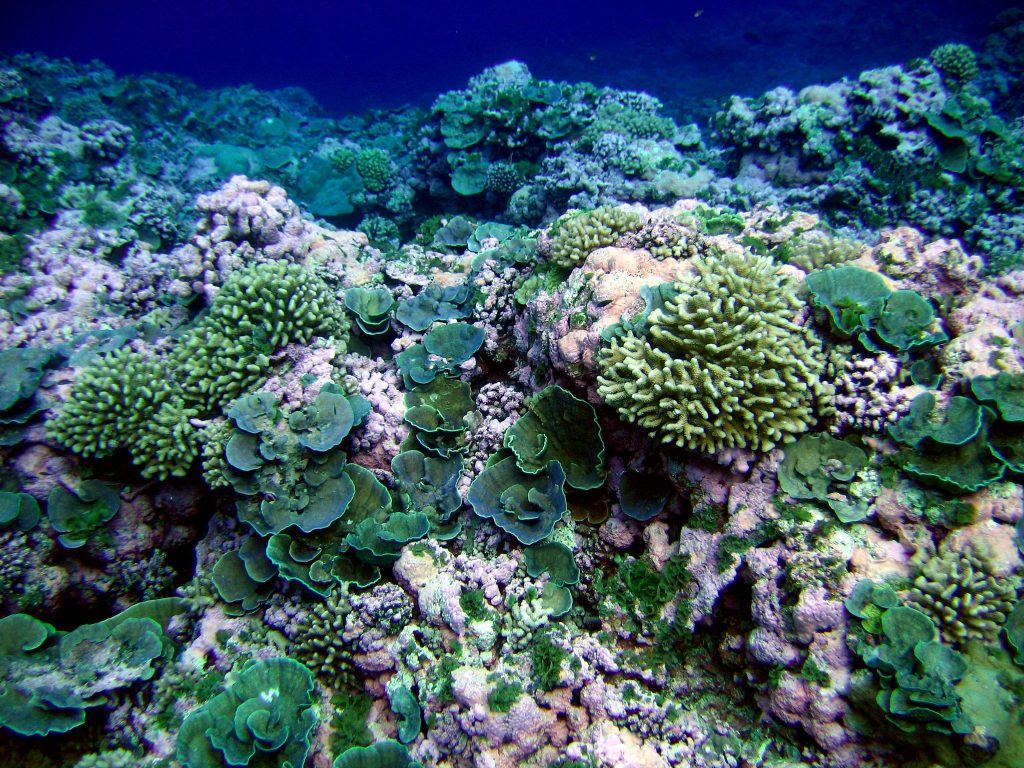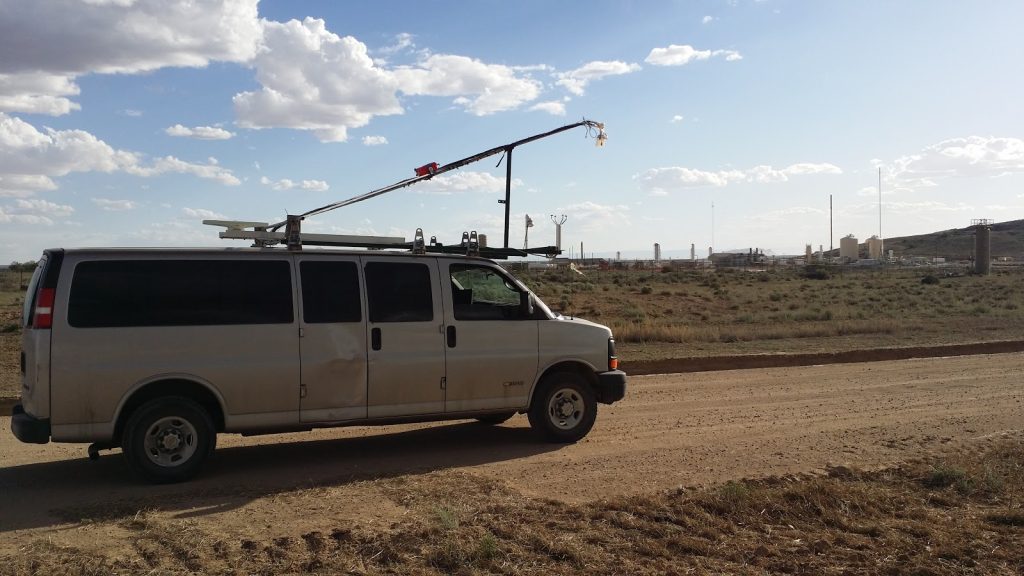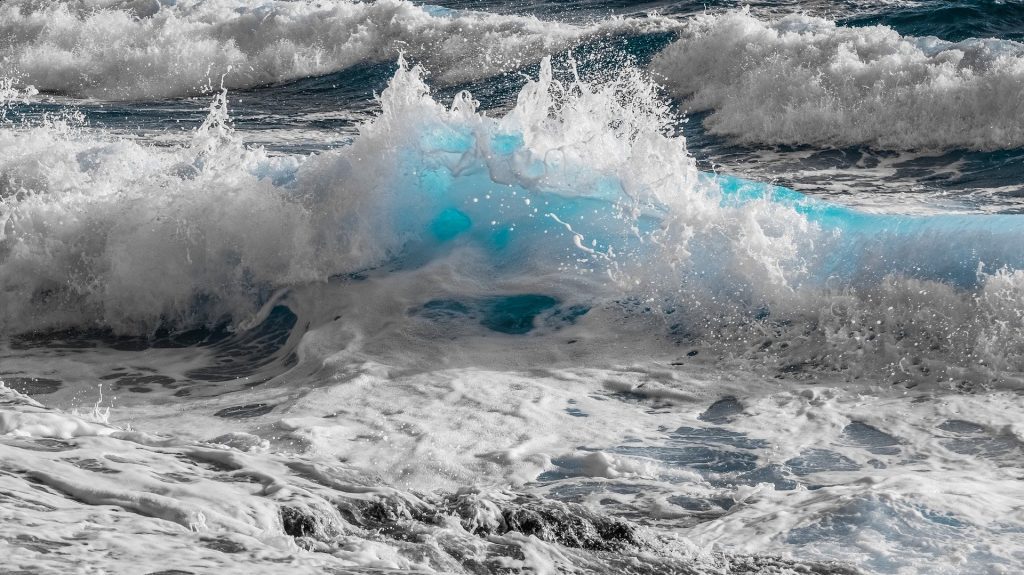Volcanic Eruptions and Coral Archives Guide Reconstruction of Past Tropical Pacific Climates
University of Washington researchers, funded in part by CPO’s Climate Observation and Monitoring (COM) program show that coral-only proxy reconstructions are more skillful with regards to tropical Pacific variability in the Nino 3.4 region (central, equatorial pacific) and show an unexpected climate responses to early 19th century volcanic eruptions.











